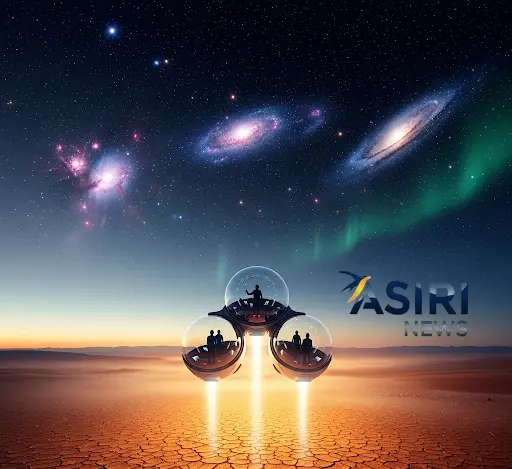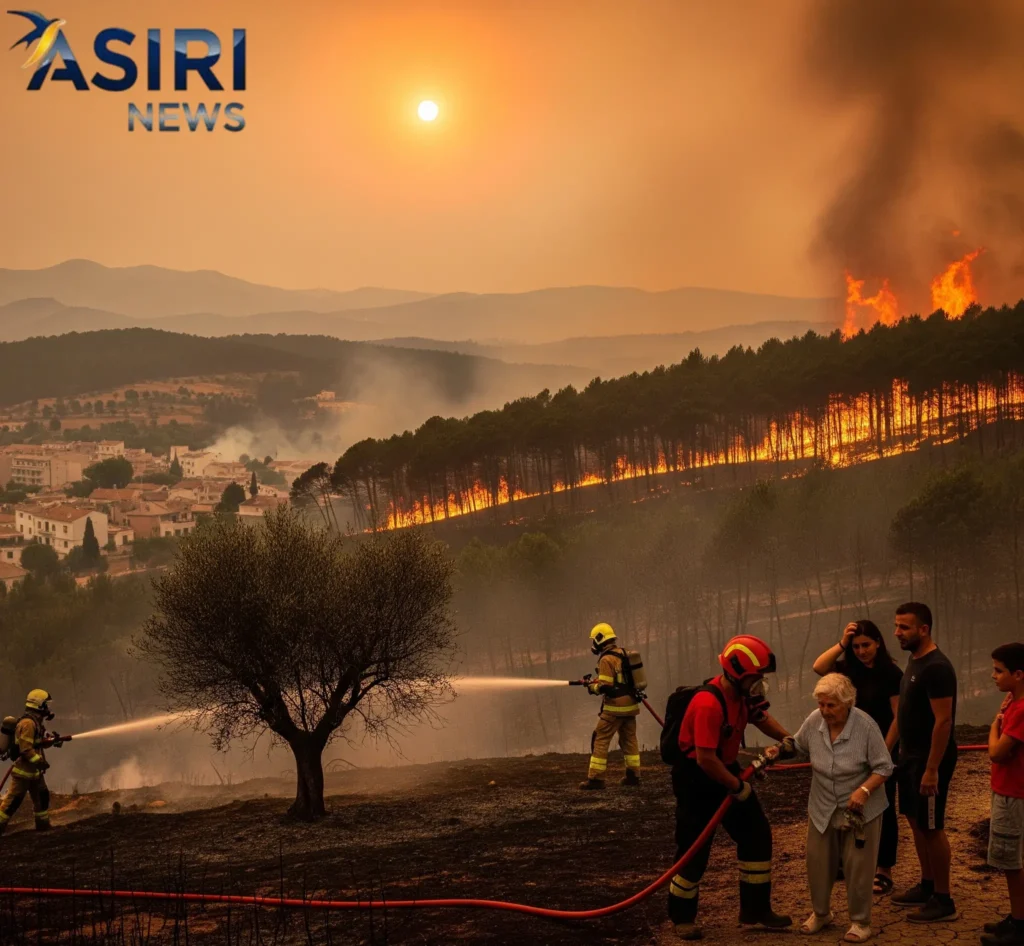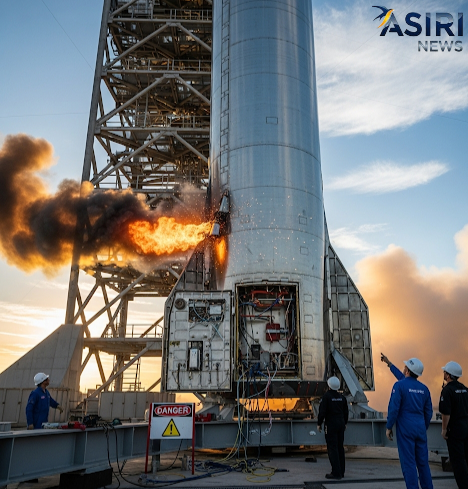In a powerful evolution of global tourism, travelers are moving beyond traditional sightseeing in favor of more intentional, mood-driven experiences. Two distinct trends are shaping this new travel landscape: the rise of “coolcations” and the burgeoning popularity of “noctourism.” These movements are a direct response to a changing climate and a desire for more authentic, atmospheric adventures.

The surge in “coolcations” is a clear reaction to escalating global temperatures. As heatwaves become more frequent and intense, vacationers are trading sweltering beaches for destinations with a crisper, more comfortable climate. This trend is particularly evident in Europe, where northern and coastal regions are seeing a boom in tourism. The Lofoten Islands in Norway, for example, are a prime “coolcation” spot, offering dramatic peaks and fjords with summer temperatures that rarely exceed 15°C (59°F). Other popular destinations include the Scottish Highlands, known for their wild landscapes and ancient castles, and Iceland, a land of glaciers and volcanoes that provides a cool escape. The psychology behind this shift is rooted in the human desire for comfort and safety, as people seek out environments that promote well-being rather than stress.
At the same time, noctourism is on the rise, a trend that encourages travelers to explore the world after dark. This is more than just nightlife; it’s about connecting with nature and culture under the stars. Driven by a global light pollution crisis, astrotourism, or stargazing, is becoming a major draw for travelers seeking to witness the Milky Way and celestial events away from city lights. The Atacama Desert in Chile and NamibRand Nature Reserve in Namibia are recognized as some of the world’s best “dark-sky” destinations. Noctourism also includes unique experiences like night safaris in places like Kruger National Park in South Africa, where travelers can observe nocturnal animal behavior, and bioluminescent bay tours in places like Cambodia’s Long Set Beach, where glowing plankton light up the water. This trend taps into a primal curiosity and offers a unique, atmospheric, and often intimate experience that is impossible to replicate during the day.
Together, “coolcations” and “noctourism” represent a significant shift in consumer values. Travelers are no longer just looking to see the world; they are seeking to feel it in new ways—to escape, to be inspired, and to create memories that are as much about the mood and the atmosphere as they are about the place itself.



